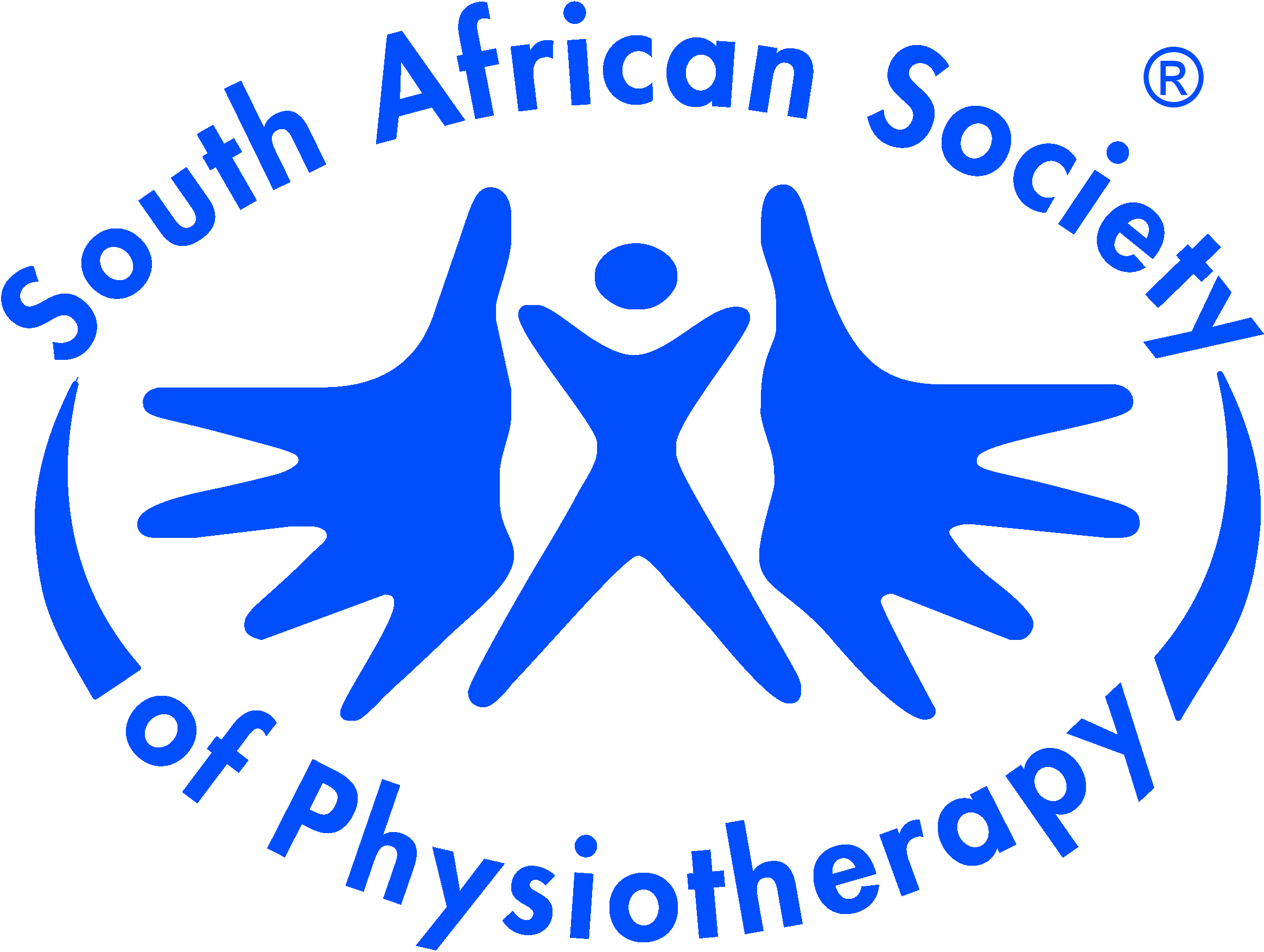Case Report
Effect of tension therapy in the management of pressure ulcers a case report
South African Journal of Physiotherapy | Vol 59, No 4 | a208 |
DOI: https://doi.org/10.4102/sajp.v59i4.208
| © 2003 A. R. Adedoyin, M. O. B Olaogun, O. F. Omojola, M. K. Adenekan
| This work is licensed under CC Attribution 4.0
Submitted: 12 January 2003 | Published: 12 January 2003
Submitted: 12 January 2003 | Published: 12 January 2003
About the author(s)
A. R. Adedoyin,, South AfricaM. O. B Olaogun,, South Africa
O. F. Omojola,, South Africa
M. K. Adenekan,, South Africa
Full Text:
PDF (92KB)Abstract
The purpose of this case study was to determine the therapeutic
effect of tension on the healing of an open pressure sore. An in-patient of the Obafemi Awolowo University Teaching Hospitals Complex (OAUTHC), Ile-Ife, Nigeria was chosen for the study. The patient had paraplegia secondary to Burkitt’s lymphoma and subsequently developed pressure ulcers on the sacrum and right ischium. The right ischial ulcer was randomly chosen as experimental and the other ulcer as the control. Tension therapy was administered to the experimental ulcer for 20 minutes for four days a week. This was achieved by applying passive mobilization exercises to the right hip joint. The tension was maintained for about 5 minutes and released for 1 minute. The process was repeated 4 times per treatment session. The control wound did not receive tension therapy. Both the experimental and control ulcers received conventional dressing. The study lasted for five weeks. The experimental sore reduced to 60.5% of the original surface area while the control ulcer did not show any appreciable healing but rather expanded by 19.6% of its original size. This finding indicates that tension therapy could be effectively used to accelerate healing of pressure ulcers.
effect of tension on the healing of an open pressure sore. An in-patient of the Obafemi Awolowo University Teaching Hospitals Complex (OAUTHC), Ile-Ife, Nigeria was chosen for the study. The patient had paraplegia secondary to Burkitt’s lymphoma and subsequently developed pressure ulcers on the sacrum and right ischium. The right ischial ulcer was randomly chosen as experimental and the other ulcer as the control. Tension therapy was administered to the experimental ulcer for 20 minutes for four days a week. This was achieved by applying passive mobilization exercises to the right hip joint. The tension was maintained for about 5 minutes and released for 1 minute. The process was repeated 4 times per treatment session. The control wound did not receive tension therapy. Both the experimental and control ulcers received conventional dressing. The study lasted for five weeks. The experimental sore reduced to 60.5% of the original surface area while the control ulcer did not show any appreciable healing but rather expanded by 19.6% of its original size. This finding indicates that tension therapy could be effectively used to accelerate healing of pressure ulcers.
Keywords
pressure ulcer; tension; physiotherapy
Metrics
Total abstract views: 2598Total article views: 3100
Crossref Citations
1. Pressure ulcer incidence among high-risk inpatients in Nigeria
Ayodele TeslimOnigbinde, Gbolade Isaac Ogunsanya, Shuaib Olanrewaju Oniyangi
British Journal of Nursing vol: 21 issue: Sup12 first page: S4 year: 2012
doi: 10.12968/bjon.2012.21.Sup12.S4
